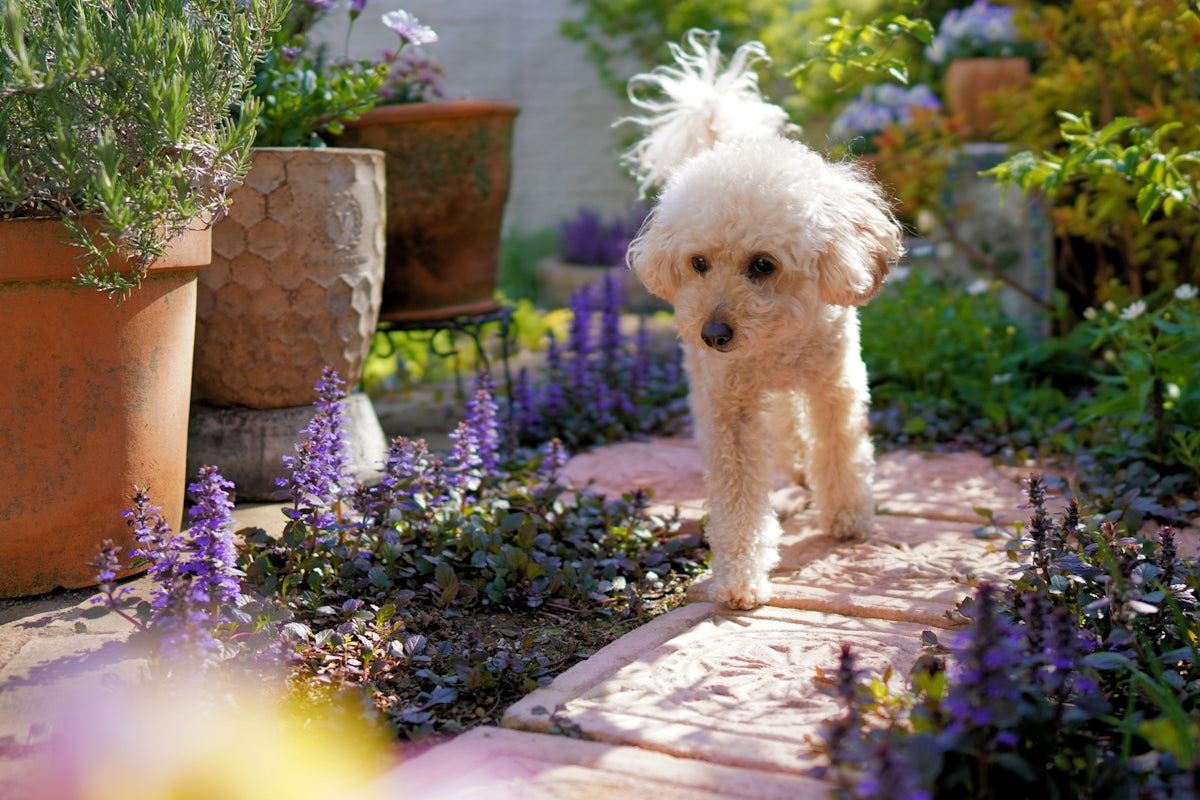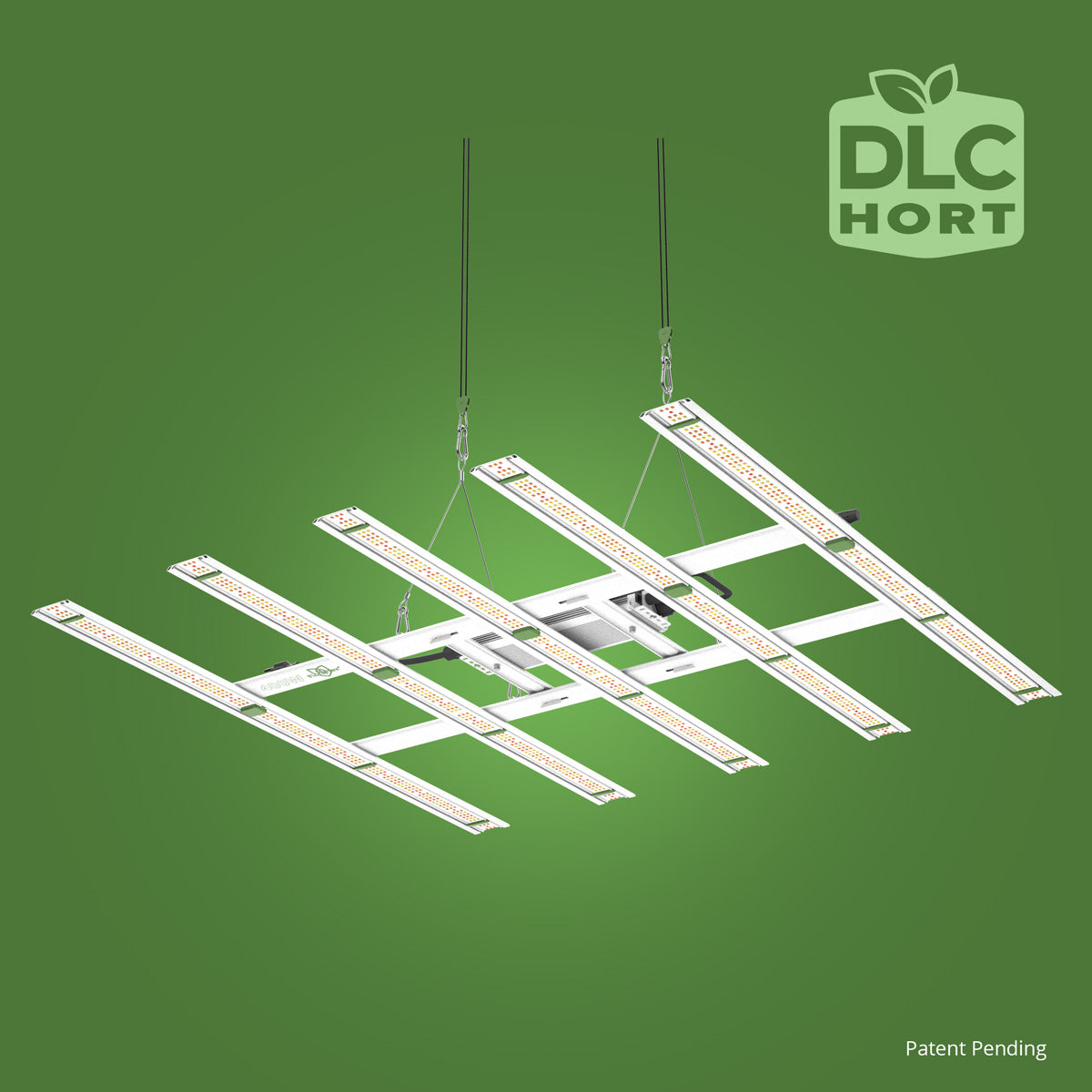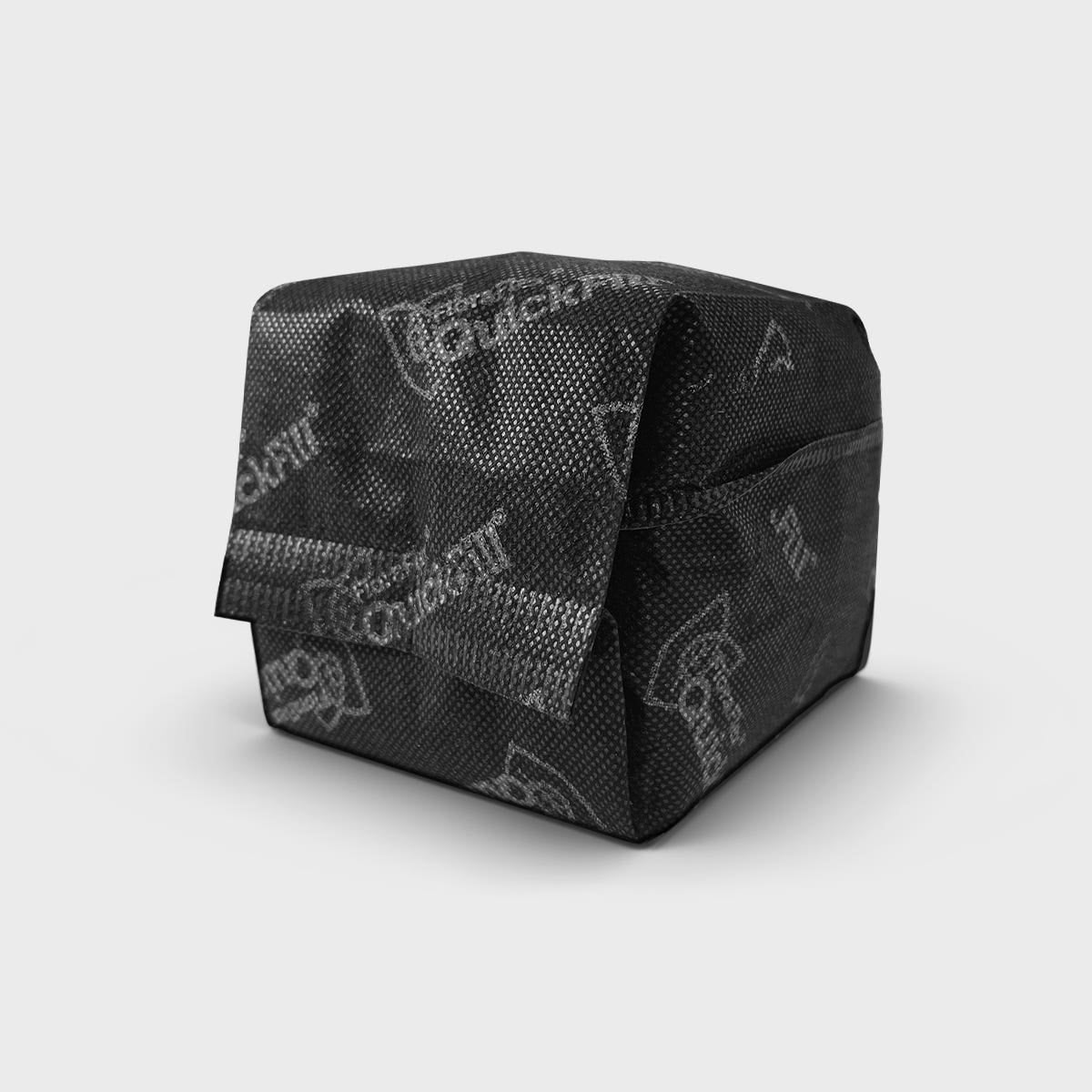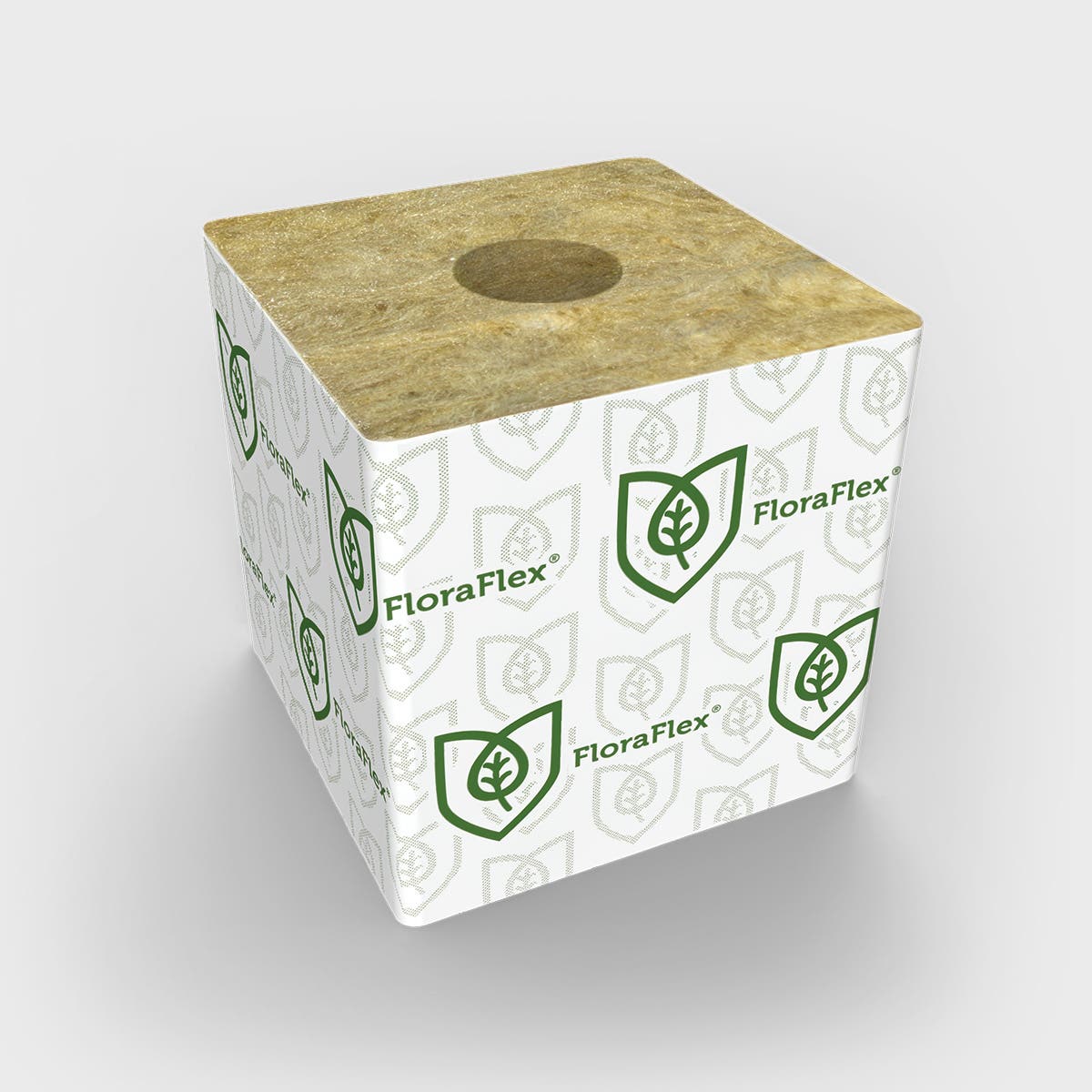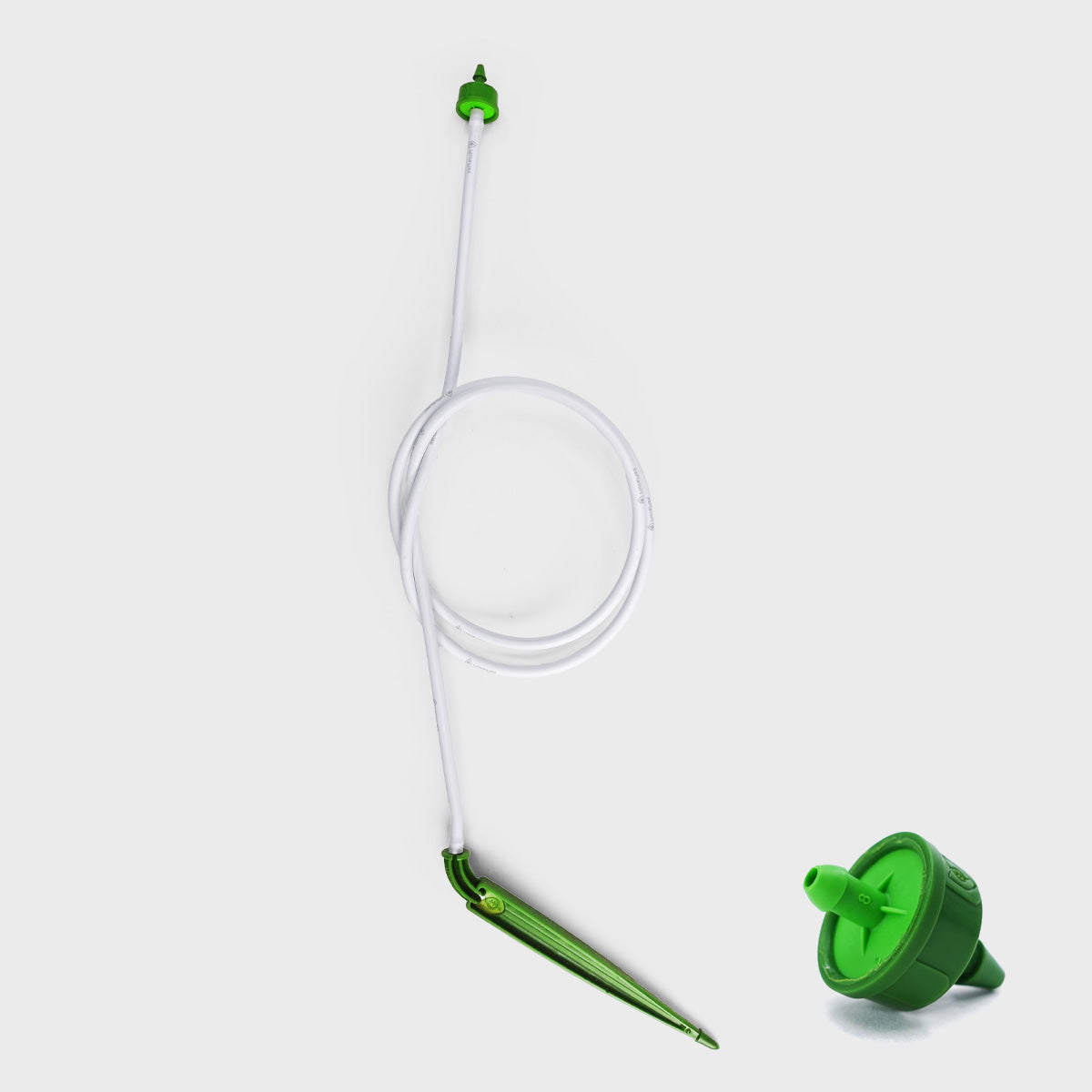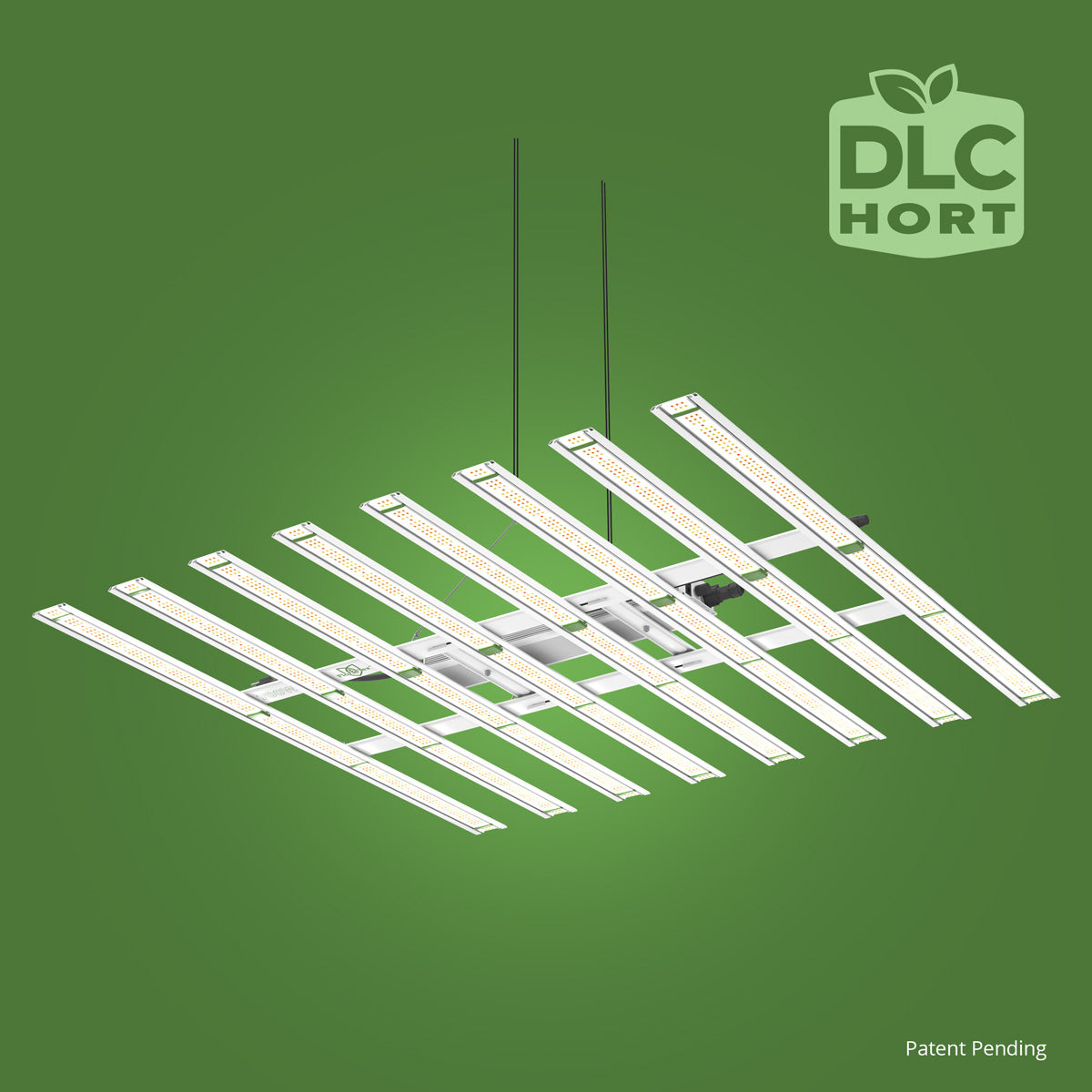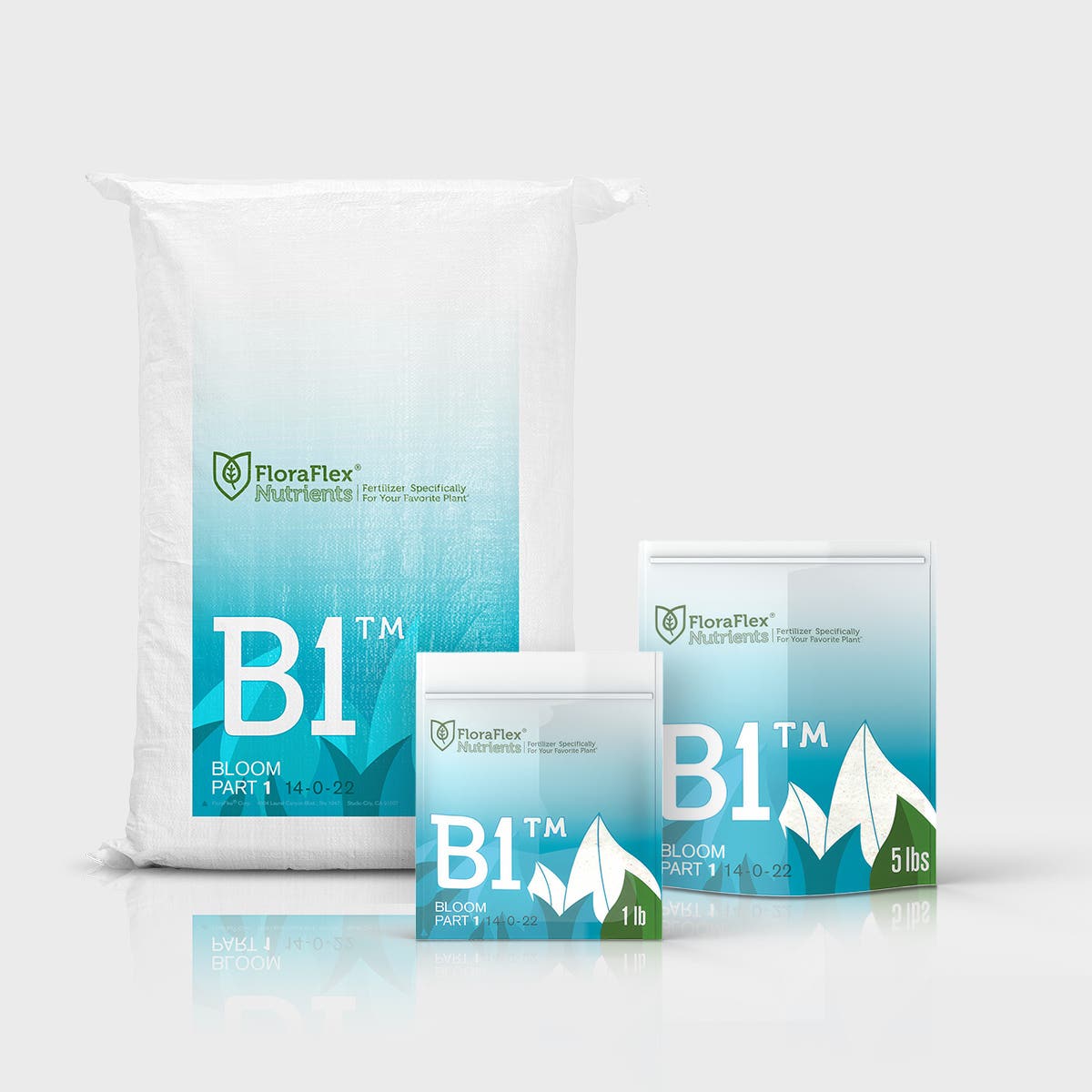Grafting is a fascinating horticultural technique that allows gardeners to fuse two plants together, effectively combining their best traits. Whether you're a seasoned horticulturist or just starting out with your DIY garden, understanding grafting can significantly enhance your gardening experience. In this post, we'll delve into the basics of grafting and how you can apply it to your garden projects.
What is Grafting?
Grafting is a method of propagation that joins together the tissues of two plants so that they grow as a unified plant. This process is commonly used to improve the yield, vigor, and disease resistance of plants. It involves two key components: the scion and the rootstock. The scion is the upper part that provides the stems, leaves, flowers, or fruit, while the rootstock is the lower part that forms the root system.
The benefits of grafting include:
- Improved plant hardiness: Grafted plants often have increased resistance to harsh weather and pests.
- Diverse combinations: You can combine plants with desirable characteristics for better yields.
- Faster fruiting: Some grafted plants bear fruit more quickly compared to those grown from seeds.
Steps for Successful Grafting
- Select Compatible Plants: Choose rootstock and scion that are compatible. Generally, plants within the same species or genus have a higher likelihood of successful grafting.
- Prepare the Graft: Use a clean, sharp knife to make precise cuts on both the rootstock and scion. The cuts should fit together snugly to ensure a successful union.
- Secure the Graft: After joining the scion and rootstock, secure the graft with grafting tape or clips to hold the pieces together while they heal.
- Maintain Proper Conditions: Post-grafting, maintain optimal humidity and temperature for healing. This is where tools like the 1.5L Pump Sprayer come in handy, allowing you to mist the graft area to maintain humidity levels.
- Monitor the Healing Process: Keep an eye on your graft for signs of growth or any complications. Depending on the plant, the graft might take a few weeks to fully heal and start growing as a single entity.
Conclusion
Grafting can be a rewarding addition to your gardening toolkit. It empowers you to create stronger, more vibrant plants and opens up a world of possibilities for growing unique plant varieties in your DIY garden. Remember, while grafting can be a trial-and-error process, the outcomes can be extraordinary once you get the hang of it.
For more gardening tips, tools, and resources, visit FloraFlex. Happy gardening!

